In faraway Mongolia without an interpreter
Categories: Asia | Nations | Photo project | Travel
By Pictolic https://pictolic.com/article/in-faraway-mongolia-without-an-interpreter.htmlWhen photographer John Fili booked his first flight to Mongolia, he chose the airport farthest from the capital. He went to the remote western regions of the country in search of fresh impressions. According to Fili, he left his native Australia because he "reached the limit and wanted to go to a spacious place rich in traditions," where he would live in isolation, but "without a safety net." The time spent in Mongolia became a source of inspiration and the basis for his current project, The Outsider.
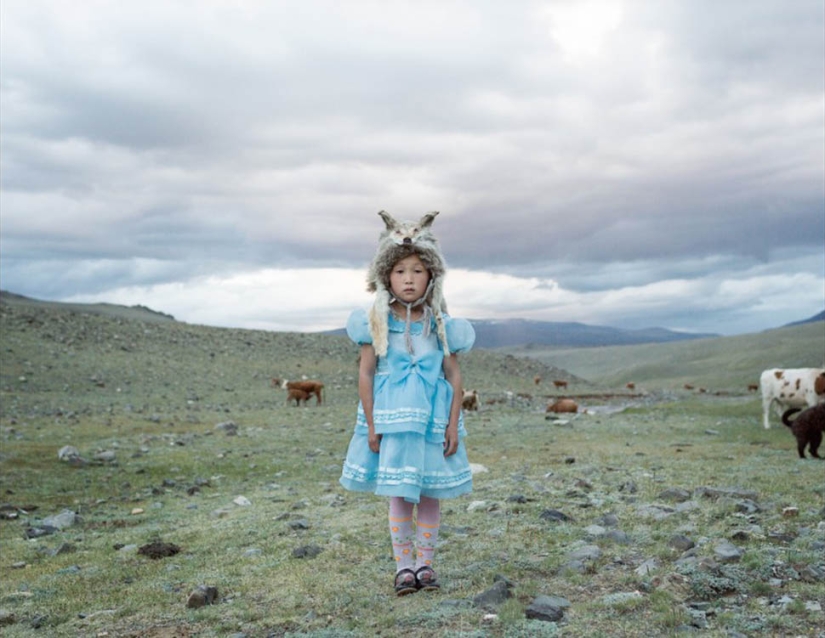
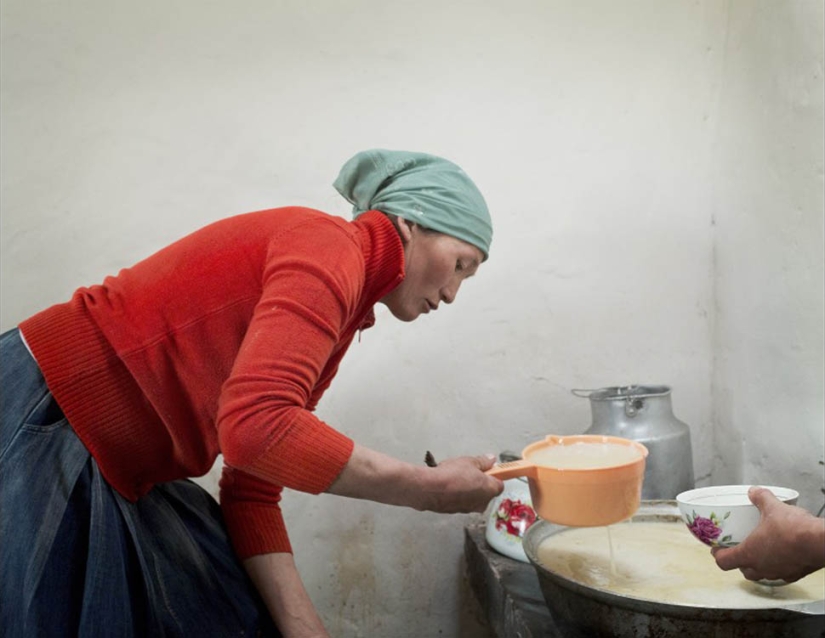
A Mongolian woman cooks lunch. John Fili has been photographing people in remote areas of Mongolia since 2014 as part of his photo project "Outcast".
During his first two trips to Mongolia, Fili stayed in remote and traditional settlements. "I eventually found a man who took me to live with a family 200 kilometers from the city," says the photographer.
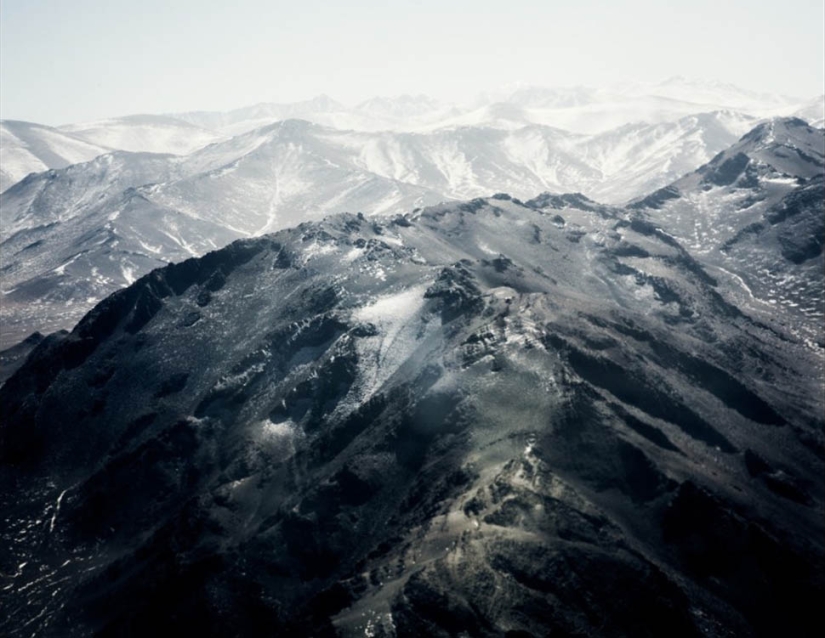
Aerial view of the Mongolian Altai.
In the summer, he lived with families in gers — Mongolian yurts. In winter I lived with them in a one-room brick house. In pursuit of an authentic and pure experience, Fili decided not to look for a translator. He went to live in these communities without any knowledge of the language. "The process was meditative and silent," he recalls. — Although the ways of our communication were nonverbal, they were very deep. There was a lot of humor." According to the photographer, this has become a key factor in his work.
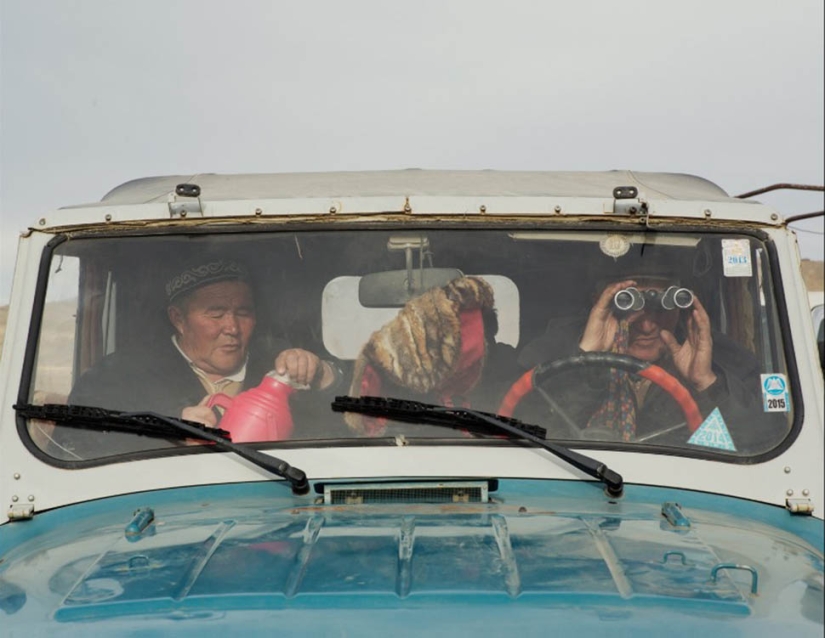
Men in a car.
"These photos are just a continuation of the relationship formed in this place. I wanted to build meaningful and close relationships with people. The translator would act as a form of isolation or as a filter between me and this experience, making everything less real. Such things seem to become a prop and a limitation of how open, clean and rich the experience of communicating with others can be."
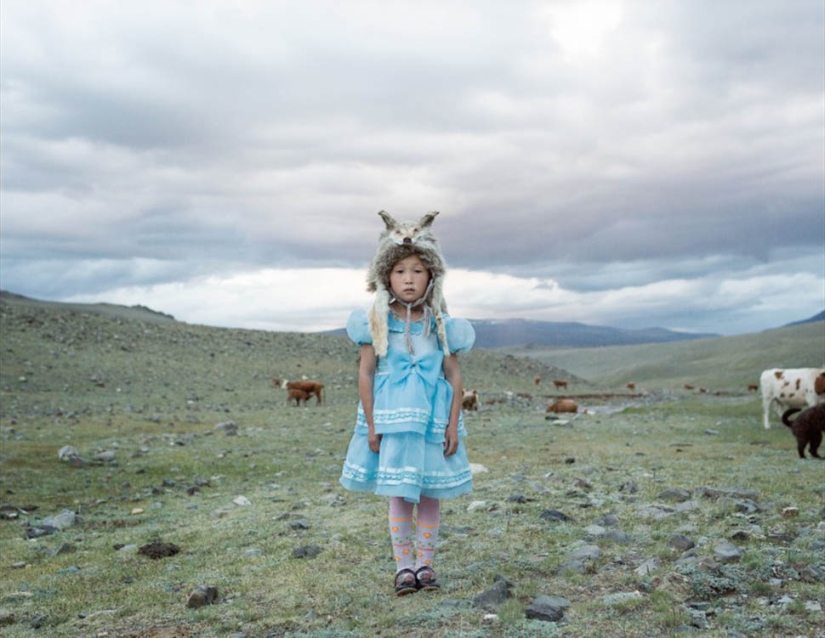
A girl named Kausar.
In the cool of the night, against the background of everyday household rituals, Fili observed the harmony in which the Mongols live with nature. He writes about this as follows: "They are a community of outcasts both physically and in a global context. A culture that has not yet been changed beyond recognition by globalization." The photographer says that modern influence can often be seen in younger generations. Among Mongolian youth there is awareness of what other people around the world are doing and a basic comparison with their own lives. This year Fili will return to Mongolia to study this issue in more detail and see how information flows change people's views on their lives.

Saddle on a horse, Mount Tsambagarav.
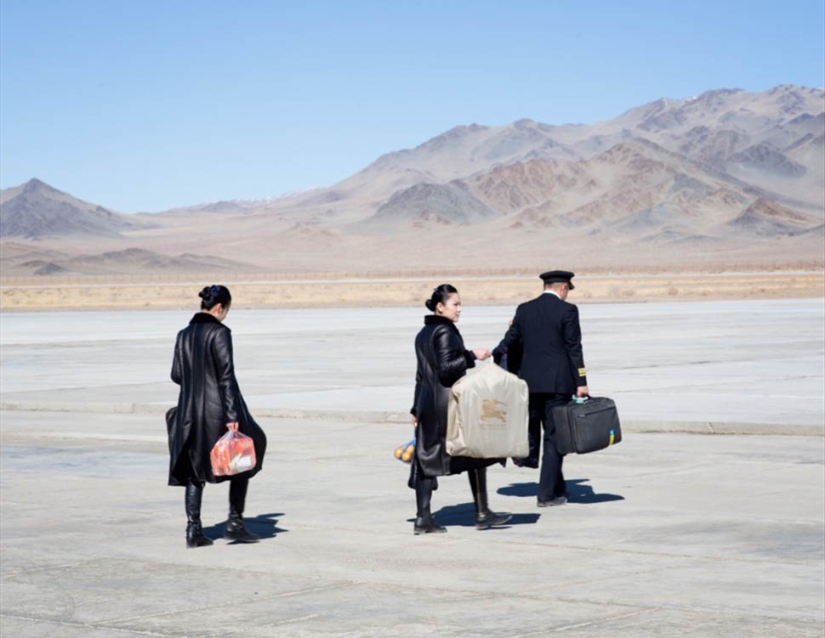
Ulgiy Airport.
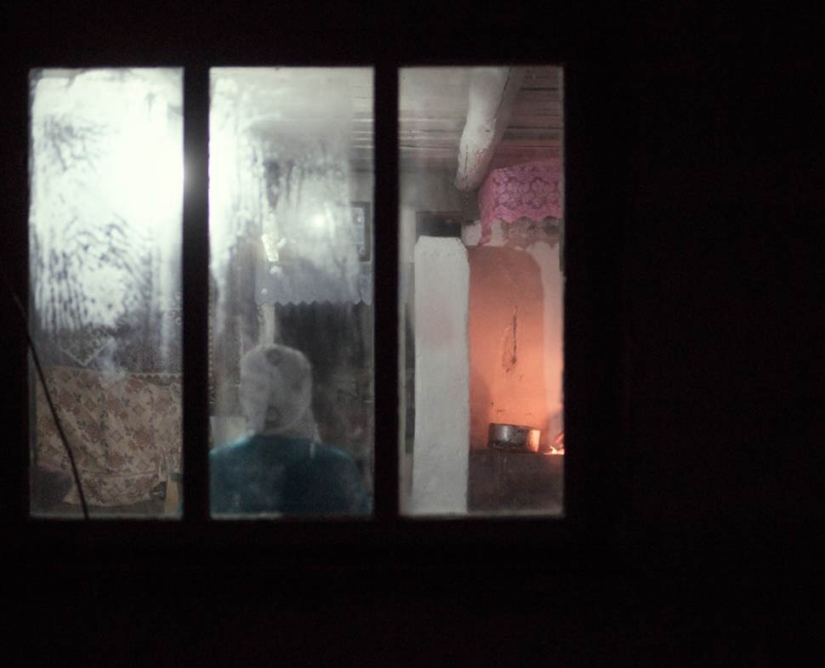
Outside the windows of a house in the Altai Mountains of Mongolia.
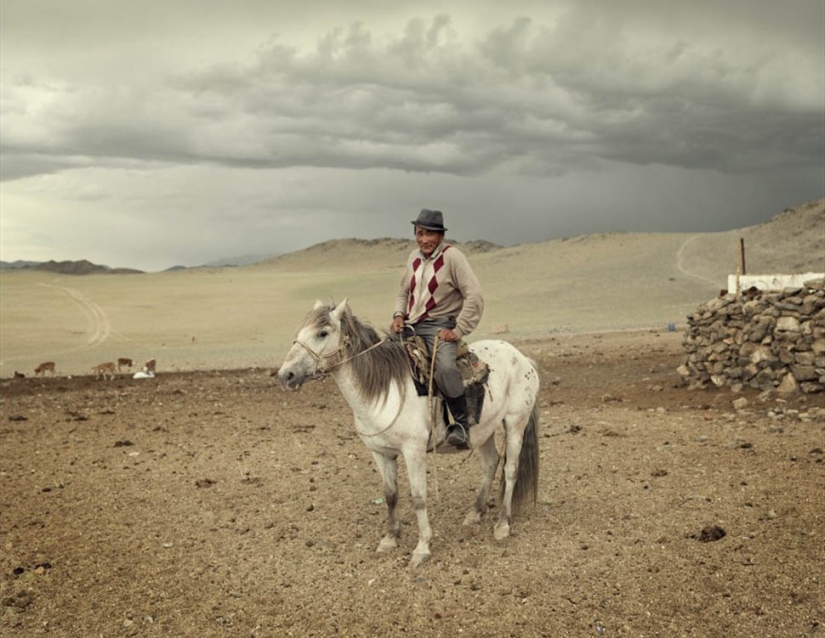
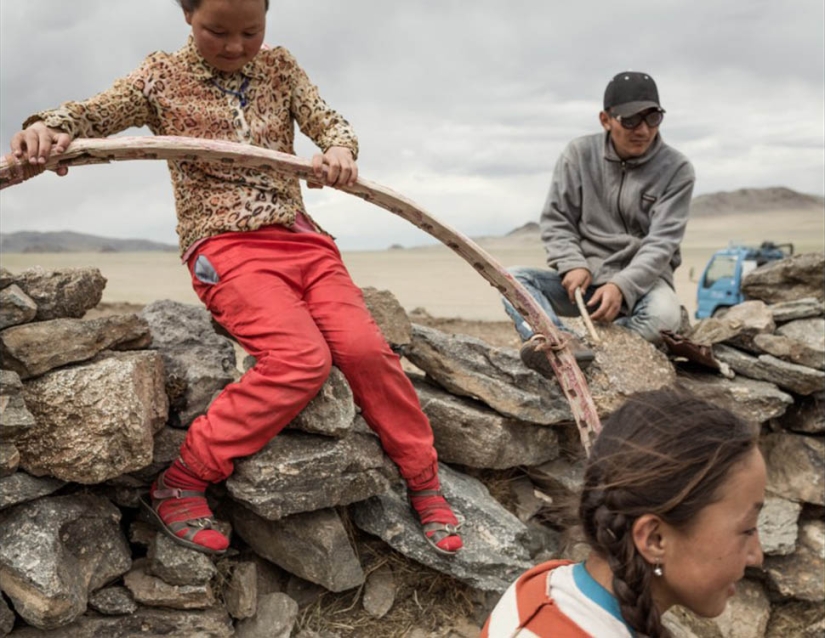

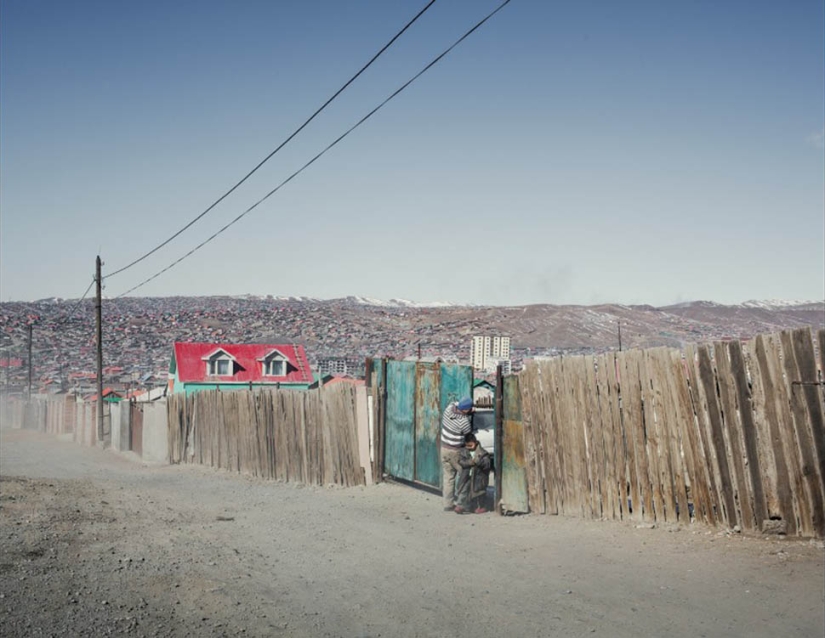
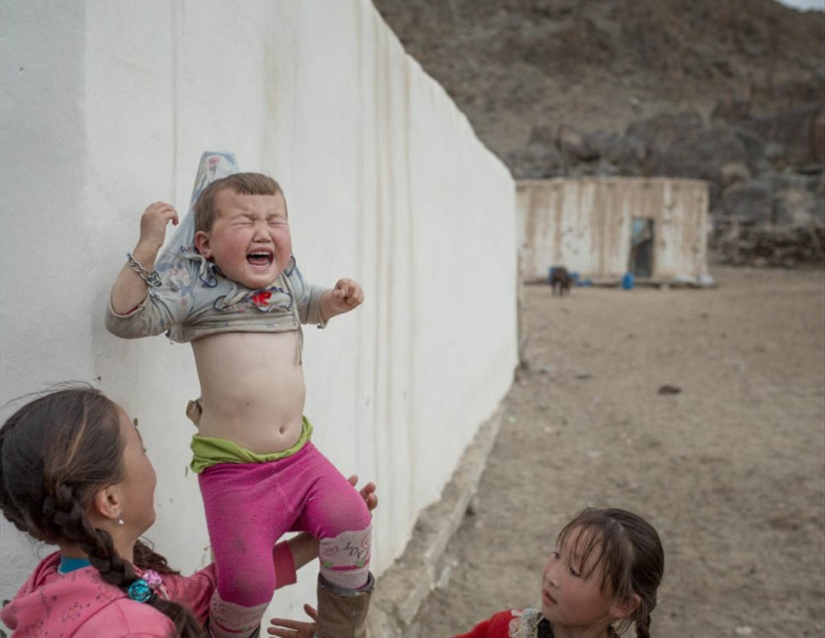
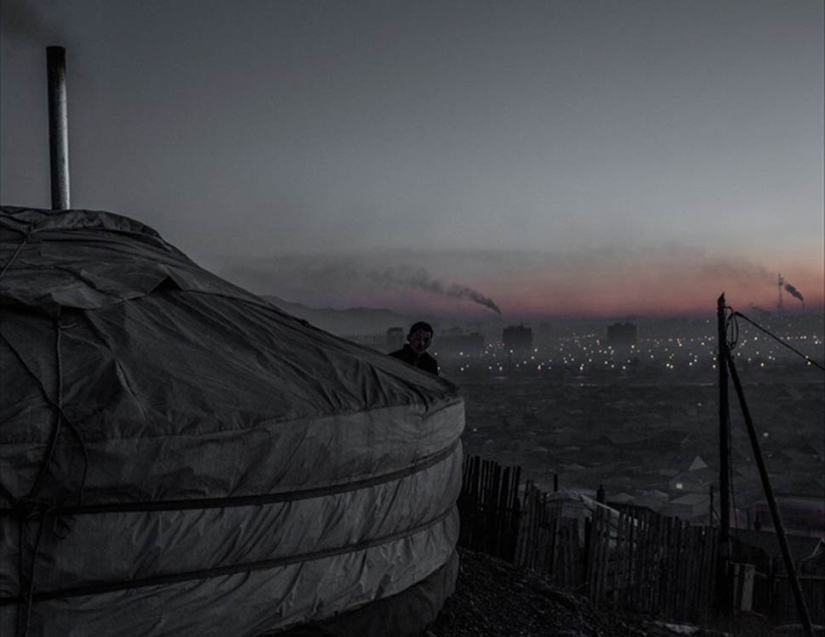
Traditional Mongolian ger yurt in Ulaanbaatar, the capital of Mongolia.
Keywords: Altai | Mongolia | Ulaanbaatar | Photographer
Post News ArticleRecent articles

Victor Lustig is considered one of the most skillful and famous scammers in the world. He was arrested about 50 times and released ...

A small apartment is not a sentence! On the contrary, this is an occasion to turn on imagination and come up with ways to stylishly ...
Related articles

In this issue, you will see the beautiful autumn landscapes of Kazakhstan by photographer Grigory Bedenko. --> See also: Aerial ...

It is not only the battle cry "hurrah!" the word "hero", fighting cavalry, clothing, postal stations, the drivers. But the ...

Medieval Mongolian women were a match for their formidable husbands. While men are hiking or hunting, wives should be able to stand ...

Each of us has heard at least once that "breakfast is the most important meal of the day." Spreading this truth is the work of ...